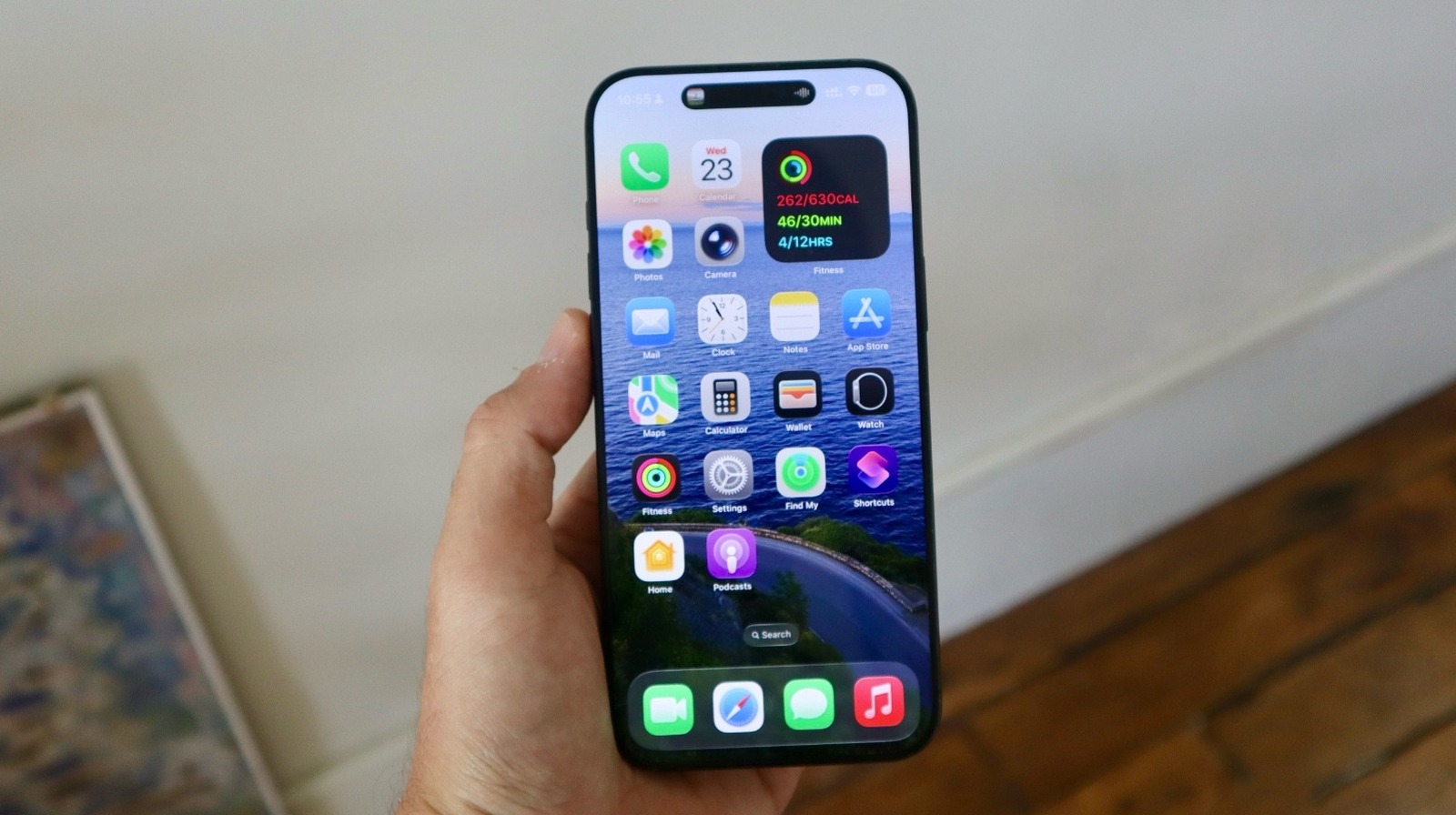I must admit, at first glance, I was wary that the unique styling of this mouse would prevent it from performing well, but my experience using the Retro R8 was ultimately on par with many of the flagship mice that competitors currently offer. Logitech and Razer do indeed offer mice that are more powerful, but the Retro R8 gets close to matching their flagship models, at a much lower price. The Logitech G502X Plus is $179.99, and the Razer Basilisk V3 Pro is $159.99, whereas the 8BitDo Retro R8 is just $49.99. I swapped among these three models regularly while playing the same titles, and I didn’t notice a performance gap that felt like it was worth $100 to bridge.
(Credit: Joseph Maldonado)
Much like the original controller for the NES, the ergonomics of the Retro R8 are its weakest link. While the R8 isn’t uncomfortable to use for extended sessions, I’ve grown accustomed to ambidextrous gaming mice that are more accurately contoured to the subtle curves of my hand. I much prefer the slightly concave buttons found on Razer’s more recent Deathadder or Viper mice. Additionally, the extra circular buttons on either side of the R8 are handy in that they afford equal functionality to both left- and right-handed users, but their size and position make them a little too easy to accidentally press if you handle the mouse with too much enthusiasm.

(Credit: Joseph Maldonado)
Battery life was never an issue during my testing. The mouse offers no way to precisely determine the remaining battery, but in testing, I found that the Retro R8 can last several days on a single charge, thanks partly to its lack of power-hungry RGB lighting. The mouse is equipped with a low-battery indicator built into the DPI switch south of the scroll wheel, but the ability to see the remaining charge would’ve been nice to include in the rather sparse configurator software.









